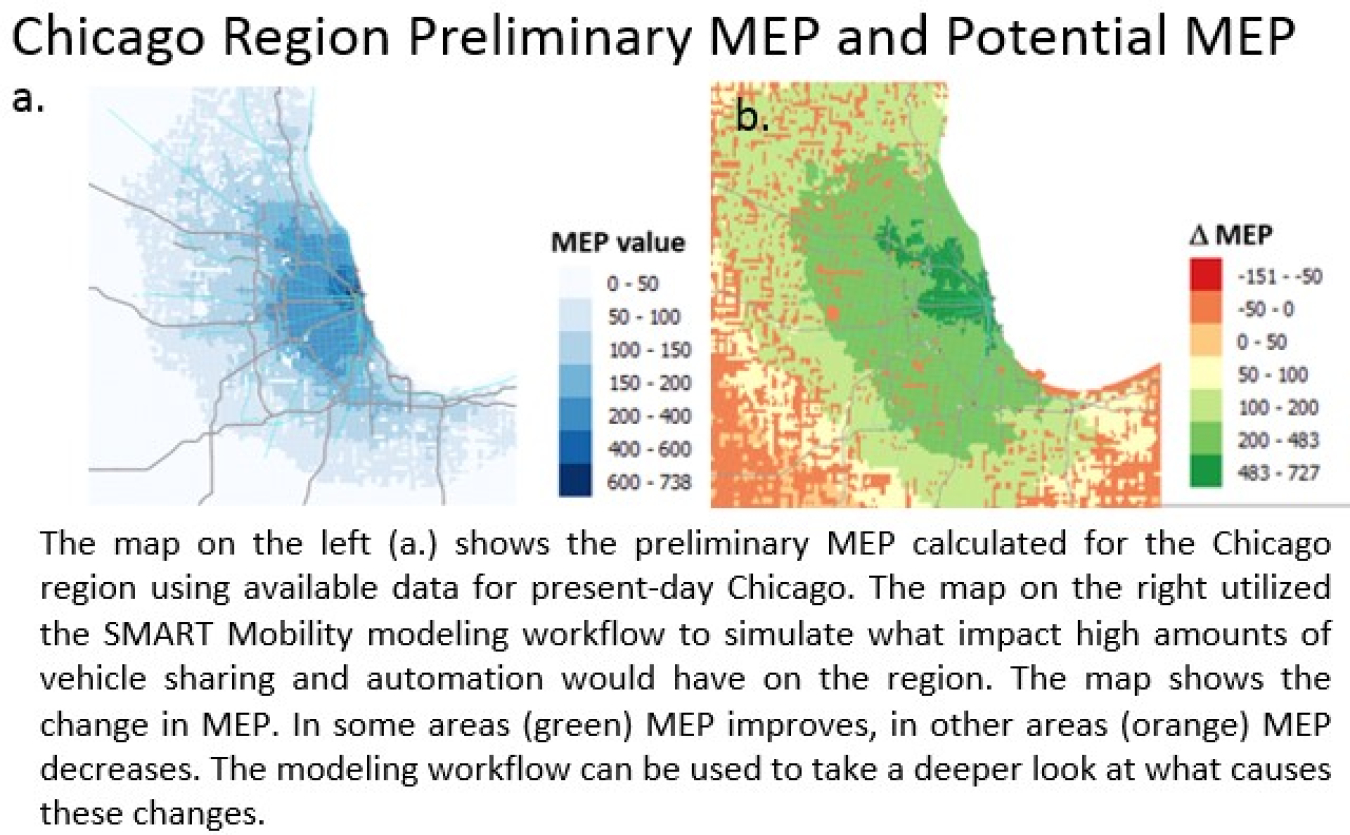New modes of transportation are being created all the time. This blog explores some technologies advantages and challenges.
Office of Critical Minerals and Energy Innovation
October 23, 2019New modes of transportation are popping up in cities and towns across the world. Innovations include transportation network companies like Lyft, Uber, and Via, and more recently dockless bikes and scooters, all of which have shaken up transportation sector.
These new technologies are likely to have dramatic impacts on the way people move – but how do we assess this impact? These new technologies provide additional choices, but which improves overall mobility? While walk or bike scores that exist in some cities are useful, they don’t look at the whole mobility picture or consider future technologies like connected cars and automated vehicles. How do we assess the energy impacts of these technologies? Evaluate their affordability? Or weigh their tradeoffs and overall impact across various dimensions?
The U.S. Department of Energy identified this gap in existing metrics and a team of researchers is working on a solution. The Vehicle Technologies Office’s Energy Efficient Mobility Systems (EEMS) program’s SMART Mobility Lab Consortium researchers are developing a metric that considers the impact of new mobility technologies with a focus on time, energy, and affordability. This metric – known as the Mobility Energy Productivity Metric, or MEP, could serve as a unifying lens through which cities can assess the impact of different mobility technologies.
MEP applies a mathematical framework to several factors and rolls them up into one “mobility” number. MEP also provides a visual map of a given area. This allows the ability to see if a technology or service is improving mobility uniformly or inconsistently across certain areas. To generate the metric and map, MEP evaluates time, cost, energy, and number and types of opportunities, such as jobs, education, healthcare, and retail-shopping, that could be reached from one location. The opportunities that can be accessed are weighed by how often the average person accesses them. For example, a place of employment, which is typically accessed five days a week, is weighed more heavily than an entertainment venue, which that a person might only visit once or twice a month.
An initial MEP for a city or region can be obtained using existing sets of data, such as land-use, travel demand, and transit data, and can serve as the baseline for evaluating mobility improvements over time. Preliminary MEP for cities however, are limited by available data and so are not able to assess the second order impacts of mobility changes in a city. For example, does the introduction of ride hailing increase or decrease MEP? It depends – the addition of a travel mode has the potential for people to reach more opportunities (and increase MEP), but also has the potential to increase congestion (and decrease MEP).
To look further into these second order impacts, the DOE and the EEMS program’s SMART Mobility Lab Consortium are building a workflow of transportation models that allows researchers to determine what the deeper impacts of new technologies will be. This integrated workflow brings together many of the National Labs’ modeling capabilities – including the MEP computation - into one process that allows researchers to evaluate what the likely future impacts may be, given the introduction of a new technology, infrastructure improvements, or land use changes. Two Agent Based Models (ABM) – POLARIS and BEAM – form the core of this workflow. These models simulate every traveler and each travel decision made within a region. Right now, the models are focused on Chicago and San Francisco, but in the future the ABMs and the entire modeling workflow could be applied to many different cities and regions. These models will assess the impact of mobility technologies using the MEP computation as the unifying lens through which potential future mobility scenarios can be compared.
To learn more about the Mobility Energy Productivity Metric, check out NREL’s recently published “Measuring Mobility Potential” factsheet.


